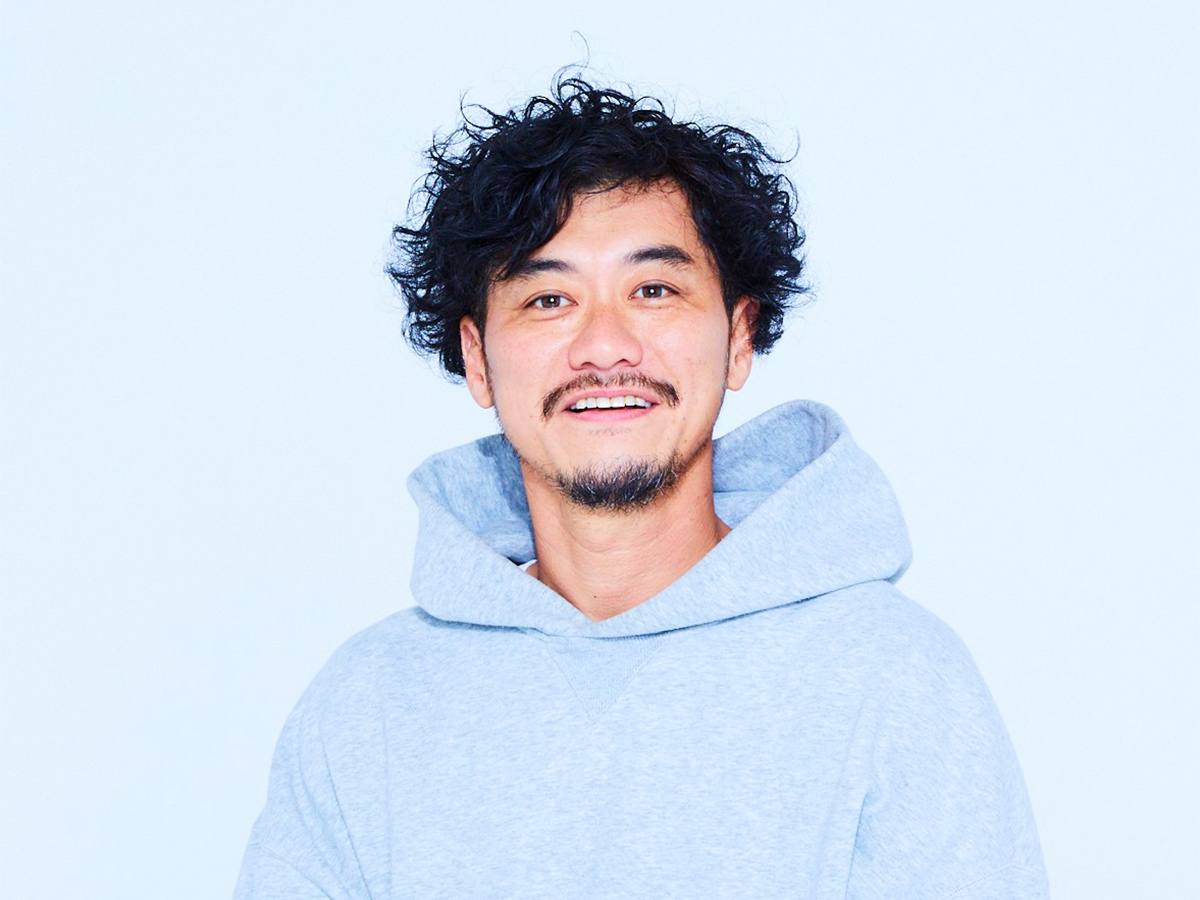On the last day of Cannes Lions, Dentsu Lab Tokyo presented a project they did for Tokyo 2020 Paralympic Games, which was postponed one year due to Covid. The opening ceremony for the Paralympic Games took place in August 2021, with no audience present. Naoki and his team designed Winds of Change, an opening ceremony in which they analysed each country’s national anthem and flag to create a unique sets of motion.
During the session two ALS artists, MASA and PONE, delivered an unforgettable live music performance using a software that Denstu Lab Tokyo developed to help artists create, write and perform music with eye-tracking technology. The emotional session ended with a 4-minute standing ovation.
We talked to Dentsu Lab Tokyo’s Creative Director Naoki Tanaka about the details of the project.
This interview has been edited for clarity and length.
How do you define Dentsu Lab? Where do you position yourselves?
We were established in 2014, we are the team within Dentsu that specialises in tech-driven ideas and experiences. In the early stage, we started out by doing a lot of work in the entertainment industry like performances, music videos with artists like Björk and Brian Eno… We even made an android, which we brought to Cannes 4 years ago. After we took on the Paralyimpic Games, we did a lot of R&D on how to exhibit sports. We are always changing our theme with societal issues.
Looking at the presentation you delivered today [at Cannes Lions], there was the element of technology in the presentation but it was not at the forefront of the the story. The story was so human but made possible by technology so I assume with all the technological capabilities you still put the human side of the story in the center of what you create.
Thank you. Our philosophy is “playful solutions”. Of course, digital transformation and new technologies can change society but we think that’s not enough. We need to move the heart, touch the heart. It can change the society completely, that I believe.
So coming back to your presentation, what was the brief? How did you reach out to the talent?
When I was responsible for the Paralympics last year I realised the great potential of creativity to be drastically expanding. As I showed on stage, the visually impaired football player uses their space on their back to communicate with other visually impaired players. That was so inspiring. One guitarist was playing the guitar like he was playing the piano. It’s so amazing. If we listen to these undiscovered perspectives and insights, they lead us to new ideas and innovation.
So coming back to your musical talents, MASA and PONE – how did you reach out to them? Did you know their stories?
Actually MASA and PONE perfomed at the Paralympics Ceremony last year. MASA joined as the opening ceremony performer. PONE performed at Paralympics closing ceremony from Paris to handover the Olympic flag. They didn’t meet in real life. When Cannes Lions asked us to give this speech, we emailed them to ask to join our project. They answered yes.
What about the software that you developed for them? Did you develop the software only for this session or is it something that you gave them before?
Both PONE and MASA use a building tool called Ableton Live. They use the same software but Ableton Live is for non-disabled people. So that was so complicated; the buttons were very small so it was so hard for them to use. We talked with them and asked for their opinions, perspective and insights and we decided to create a new tool for performance with Ableton Live. It was like an add-on UI.
So you used their infrastructure but added a plug-in so they can control with eye-motion? Are they using it to create music?
Yes.
And you then made that software open to public use?
Yes, we just released the website.
You mentioned that because of Covid you had to redesign the entire opening ceremony with a different touch, where you analysed the sounds of the national anthems and created a virtual wind. Can you give us some information about that? What was the process like?
We heard that this Paralympics would have no audience, maybe 2-3 months in advance. Of course, we were shocked but we changed our mindset. It wasn’t only different for us, but also for the athletes. They would be really alone so we wanted to support the athletes, who are travelling far from home to this empty stadium. The idea was to create unique entrance for each country, every moment. There were 163 countries – it would be impossible to make with computer graphics, the cost would be high. So we decided to use tech-thinking to realise our ideas. We are specialists in advanced simulation, so we used that. We used our simulation algorithm to analyse color tables of national flags and we used Spotify [for the national anthems] because Spotify shows the whole parameter for the national anthems. And we put rhythm and tones on the parameter for the motions.
So how long did it take?
Maybe around 2 months.
Were there any difficulties that you faced working on the technology?
No it was smooth.
How did people like it?
I believe they were happy. They were smiling. Lot of athletes posted on Twitter.
The projects that you work on, the ones that we talk about, are special, emotional projects. Is there a personal reason you work on these kinds of projects?
After I turned 30, I focused all the work that I do to be of value for the society and the world. That’s my personal vision and opinion. I’d like to continue solving world’s problems.

